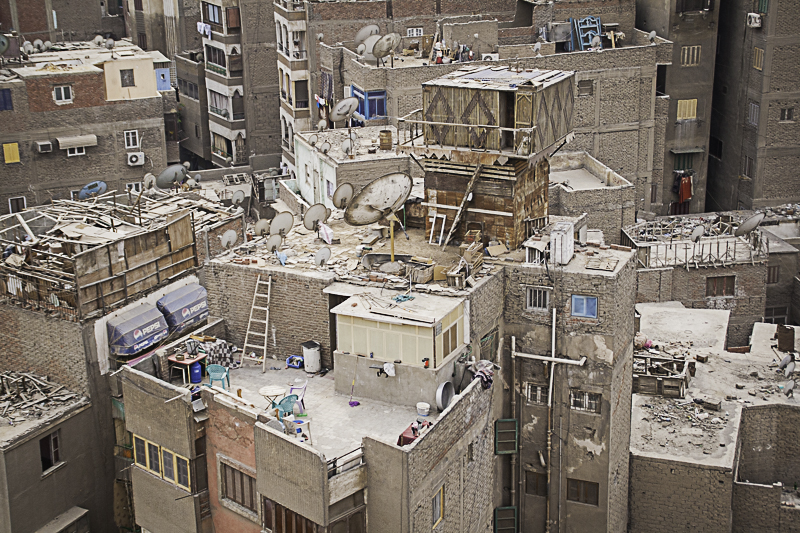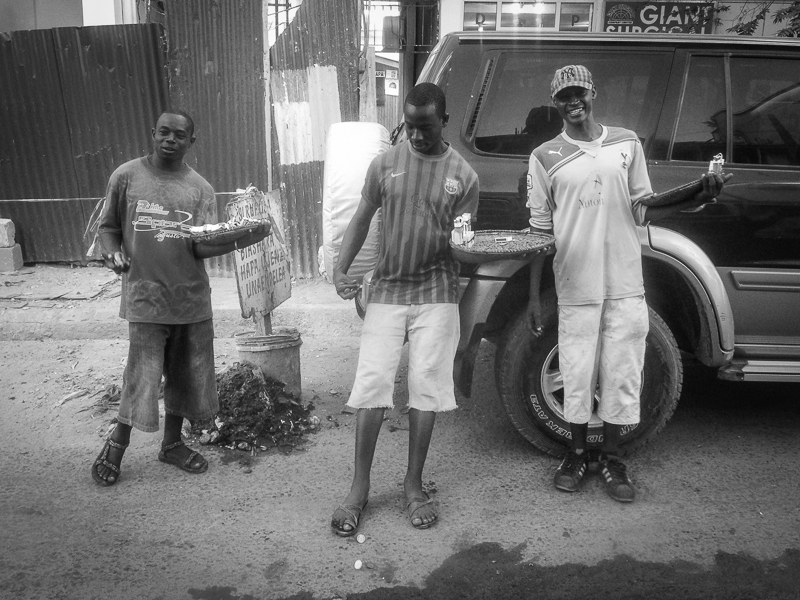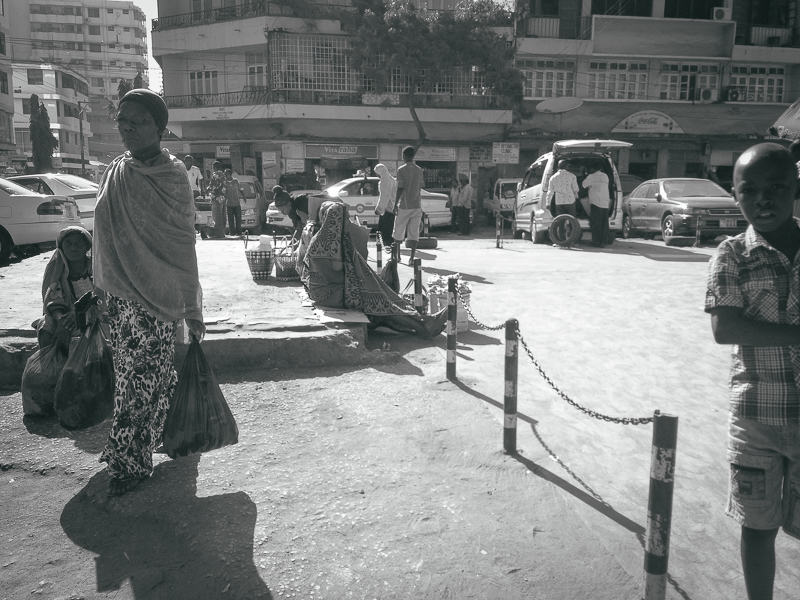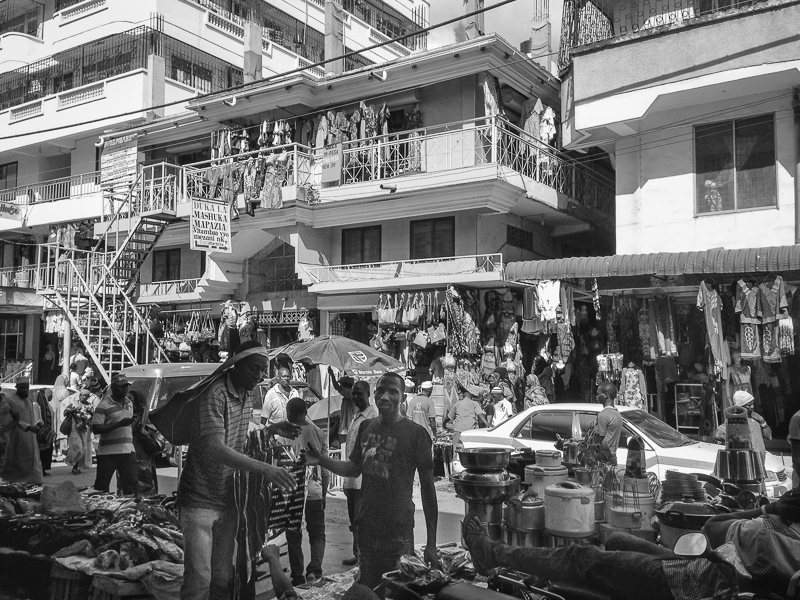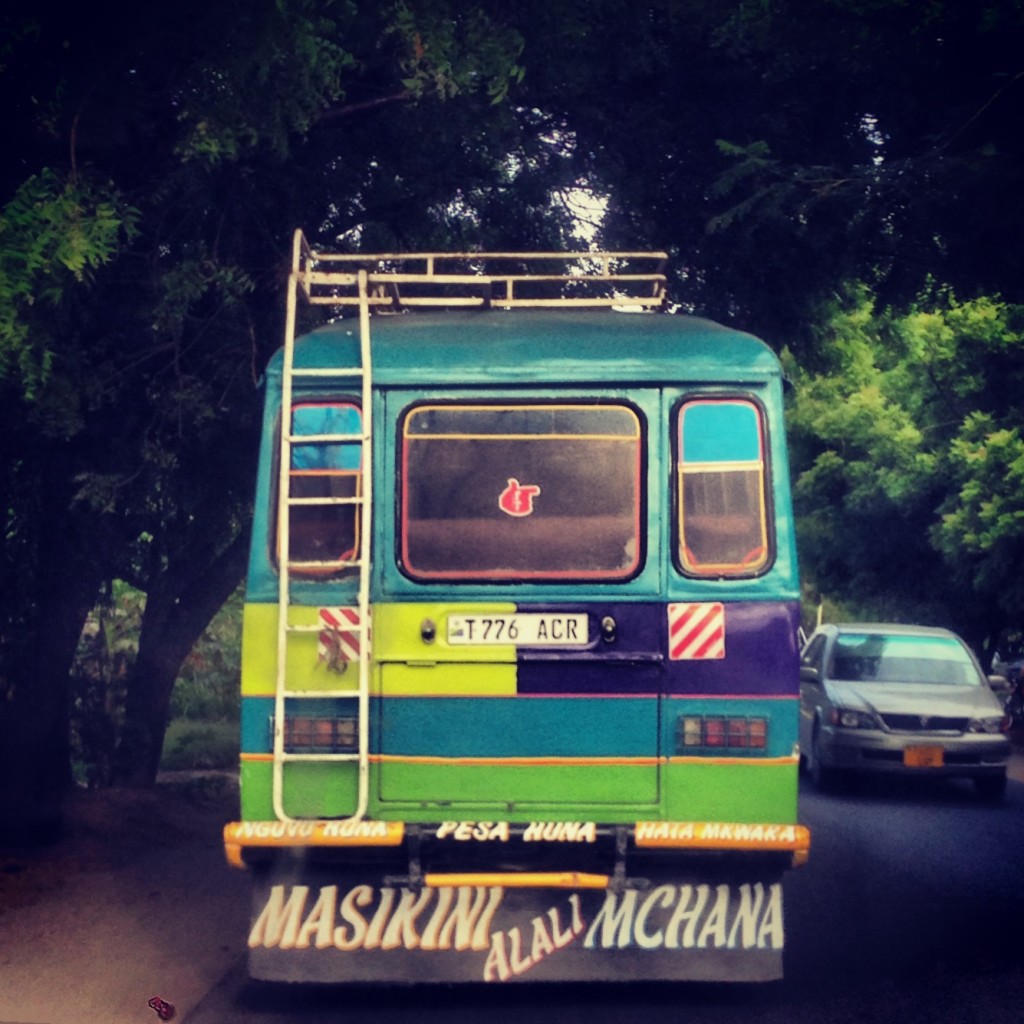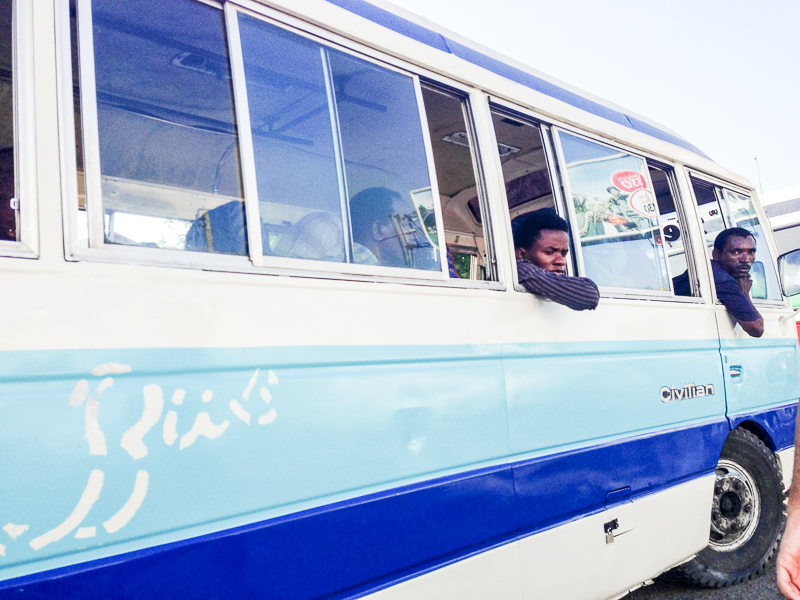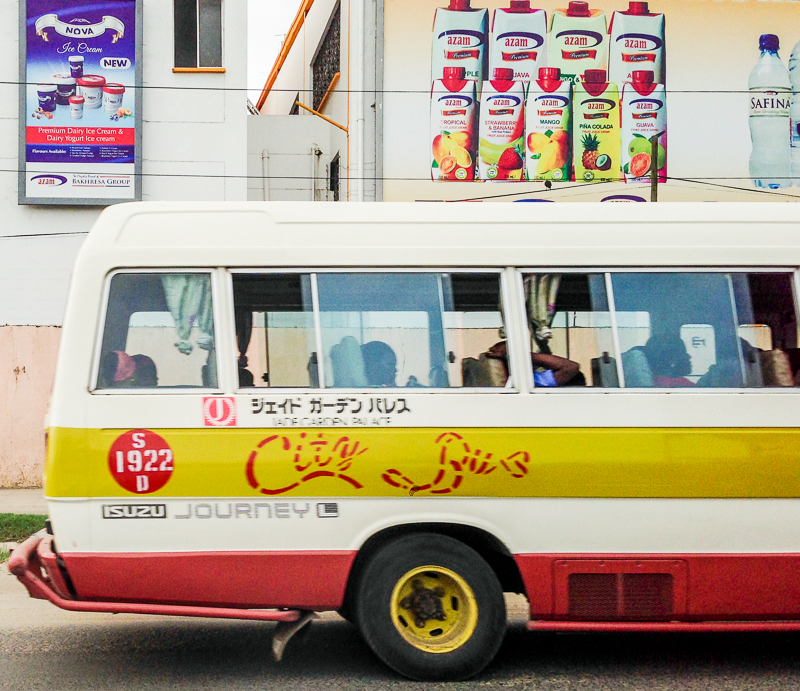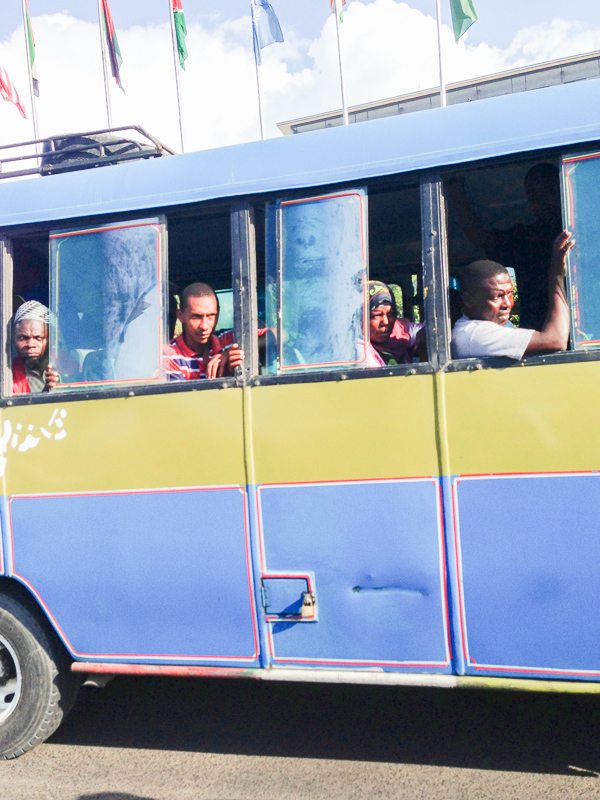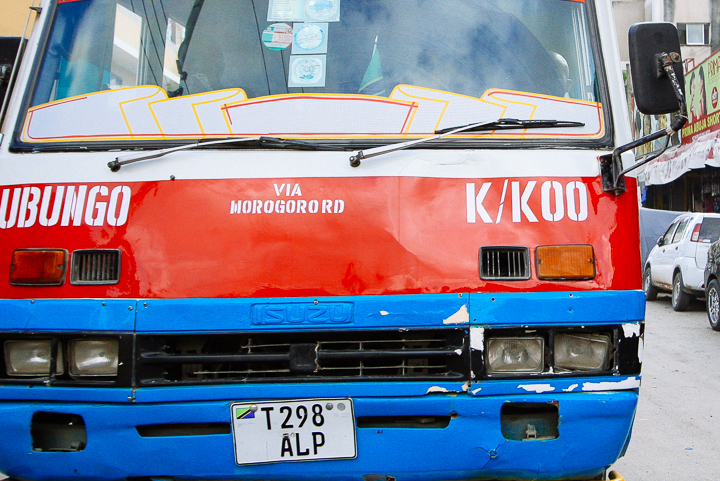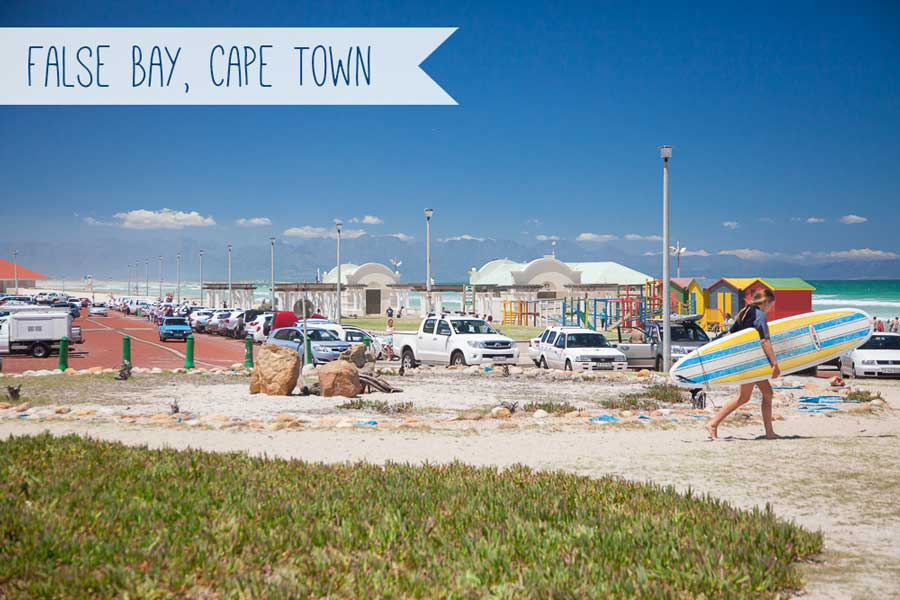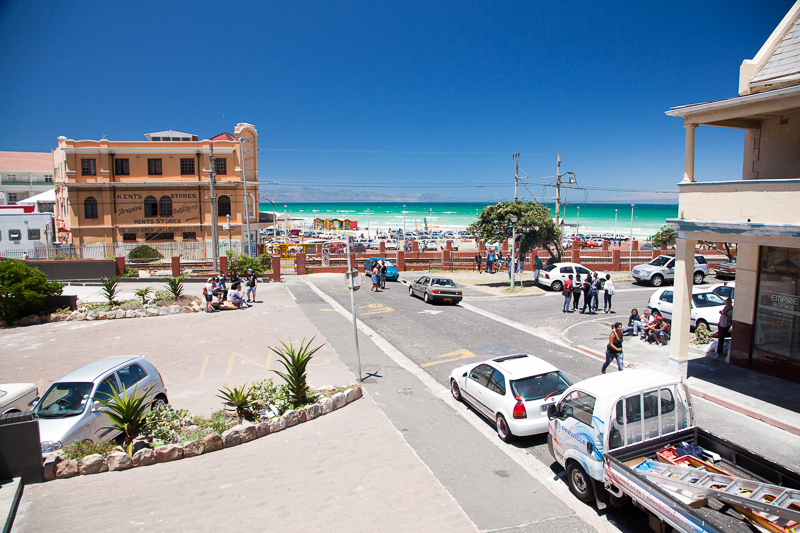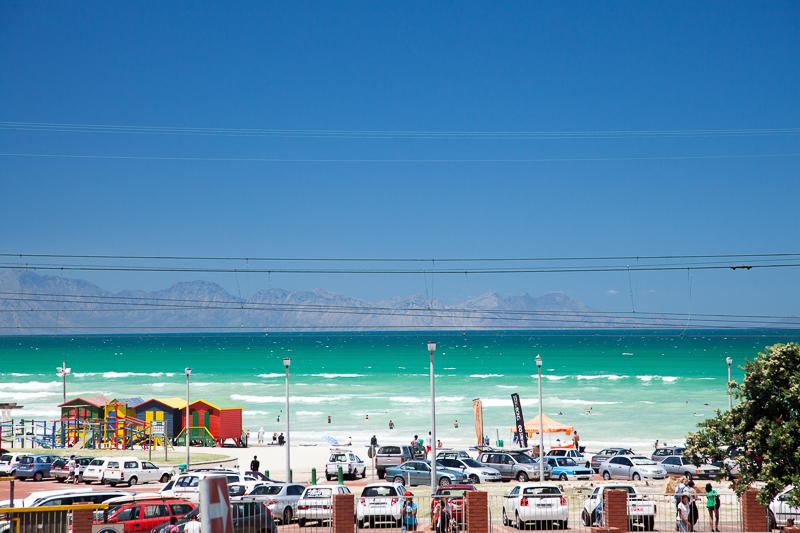I’m back! And I want to talk about travels—I’ve done lots in the last two months, and I’m excited to resume a regular writing schedule and share with you all that I’ve seen, now that my unintended and unannounced no-blog summer break is at an end.
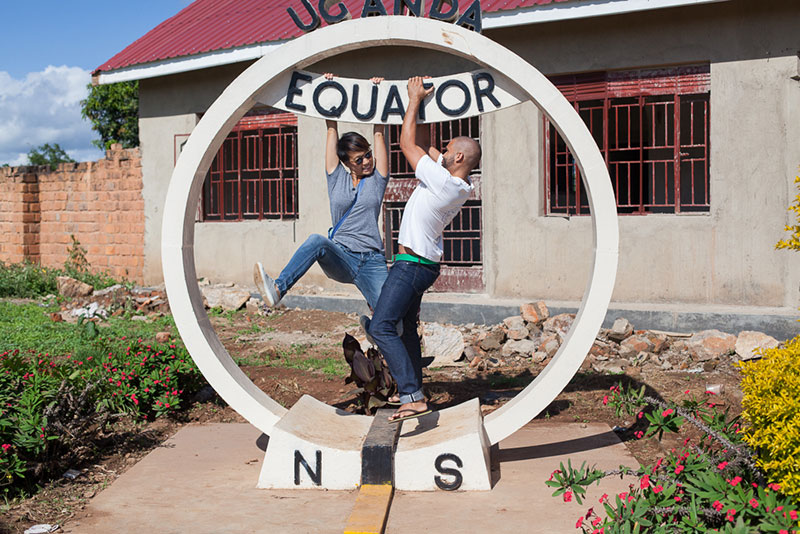

Speaking of travel: We all travel with a checklist of things to do; goals we must accomplish while spending time in a foreign country. While these goals can be as vague as trying a local dish or as specific as visiting a famous landmark, these goals quickly become more a checklist as one spends more time abroad. So that when you’re living overseas, this checklist becomes exponentially grander, with a scope of activity and achievement higher, faster, bigger, and more accomplished.
This stint of mine living in Africa, well, it might just be that—a stint. The Diploman and I aren’t really hard-core ‘Africa’ folks like some of our friends here; those who studied abroad here, served in the Peace Corps here, and have since made their living working in development here. Neither of us imagine ourselves in Africa for long, although of course we’d both love to see what a country like Senegal has to offer, perhaps live in a place like Mozambique or Morocco one day. And certainly we could both see ourselves living in South Africa in a heartbeat—although that is hardly Africa, to some.
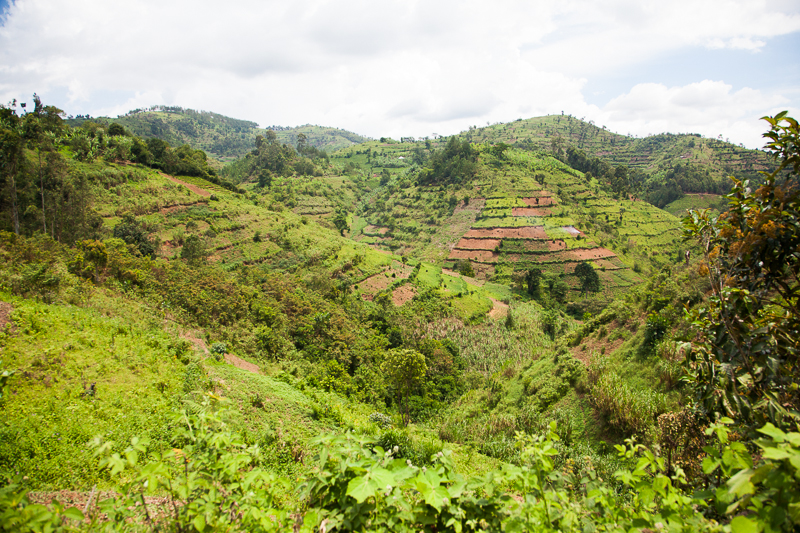
As the Diploman and I peruse through a list of options for our next post–as close as one year away– we realize how lucky we are to have this option of seeing drastically different corners of the world. We also clearly see that our tendencies lean towards Asian and European countries. And as such, I have a few things I definitely want to check off a great big, grand ol’ to-do list while living here.
Above all else, there are five things I have really wanted to do while living in this region. Going down to Cape Town and seeing the southernmost tip of Africa at the Cape of Good Hope was one-– check. Another is to witness the grandeur of the Serengeti, which I will accomplish when my parents come to visit later this year. There’s also the obligation of living here and having to climb Kilimanjaro, although that’s definitely more of a guilty ‘I-can’t-live-here-and-not-do-it’ ordeal rather than something I actually desire to accomplish. I also desperately want to see Madagascar and the singing, dancing lemurs, although this one thing that probably won’t happen, sadly: Both the fictitious singing, dancing lemurs and the actual trip to Madagascar.

The last must-do on my ‘Top-Five’ list is to see the Gorillas, which was scratched off the list in early May. The Bwindi Impenetrable Forest that spans from Uganda to the Democratic Republic of Congo (DRC) along with the neighboring Volcanoes National Park in Rwanda are two of the few areas on earth inhabited by the rare species of Mountain Gorillas, who purportedly cannot live in captivity. Half of the world’s population of Mountain Gorillas live in the Uganda part of Bwindi Impenetrable National Forest—quite a daunting name, and though not completely eponymous I will say it comes close enough.
These three countries are the only places in the world where tourists are able to see these magnificent creatures. While obviously, entering through the DRC is not recommended, most to travel to Rwanda for this experience simply to minimize car time; Volcanoes Park is a 1-2 hour drive from Kigali, Rwanda; Bwindi Impenetrable Forest, on the other hand, is a rough 8-10 hour drive from Kampala, Uganda. But, a good friend was living in Uganda, so from Uganda it was.
(On a side note, Kampala is a great city, and minus the homophobic bullshit happening right now in that country, I’d love to go back one day and spend more time there. A lot more cosmopolitan and buzzing, a lot more sprawling and connected than Dar, Kampala is also called the city of 7 hills, with a landscape slightly reminiscent of the Bay Area’s similarly hilly sprawl)

We drove far out of Kampala, west across the practically the entire country of Uganda (though, not without car troubles—a car whose lug nuts from one tire had been stolen, thus leaving us close to without a tire on a stretch of highway…but this is perhaps a post for another day). We arrived at our lodging after midnight, well past a much earlier midday ETA. Stumbling around in the pitch black around to our modest cabin accommodations, we tucked ourselves into bed— thankful to be lying down rather than sitting in the backseat of a car. Again, I’ll stress, go to Rwanda if you if you are planning to trip to see the gorillas.
The next morning we woke up to a dewy, misty, magical jungle scene. We received a quick briefing and split up into two groups of eight, the maximum group number enforced by authorities. There are only 9 or 10 gorilla groups tracked at the moment, three around the area of our park entrance. The tracked gorilla groups are the only human-acclimated groups thus the only ones allowed for tourists to view. We are told the acclimation begins by locating the groups and sending in one human being every day until the human is accepted as a non-threatening presence. The gorillas eventually allow any human to get closer and closer until the gorillas are adapted to the groups of tourists that are brought through each day.

After a short drive up the mountain, we began our hike from a little village bursting with banana trees and coffee plants. A one-hour hike led us around the mountainside, past local children selling crayon drawings of gorillas, up a sloping hill past drying coffee beans, and through brush and bush. We arrived at the edge of the protected park area. At this point, we were instructed to ready ourselves for the gorillas, which where about an hour’s walk away.

The trackers, mostly locals who grow up in the surrounding area, follow these gorilla groups virtually 24/7 without the use of any high-tech devices, lest you consider a two-way radio a high-tech device. The trackers tag team their efforts, leaving the gorillas at night and finding them again in the morning, monitoring their route through the dense forest. Despite seeing humans on a regular basis, the gorillas are by no means completely acclimatized to human civilization. They do not depend on food left by humans nor are they vaccinated against human diseases. As such, it was stressed the importance that we on the guided trek do not leave a single item behind, and that we do not step more than 3 meters close to any of the gorillas— less for our safety, than for the protection of the gorillas. Also as such, the time with the gorillas is limited. Each group, upon finding a gorilla clan, is only allowed one hour.
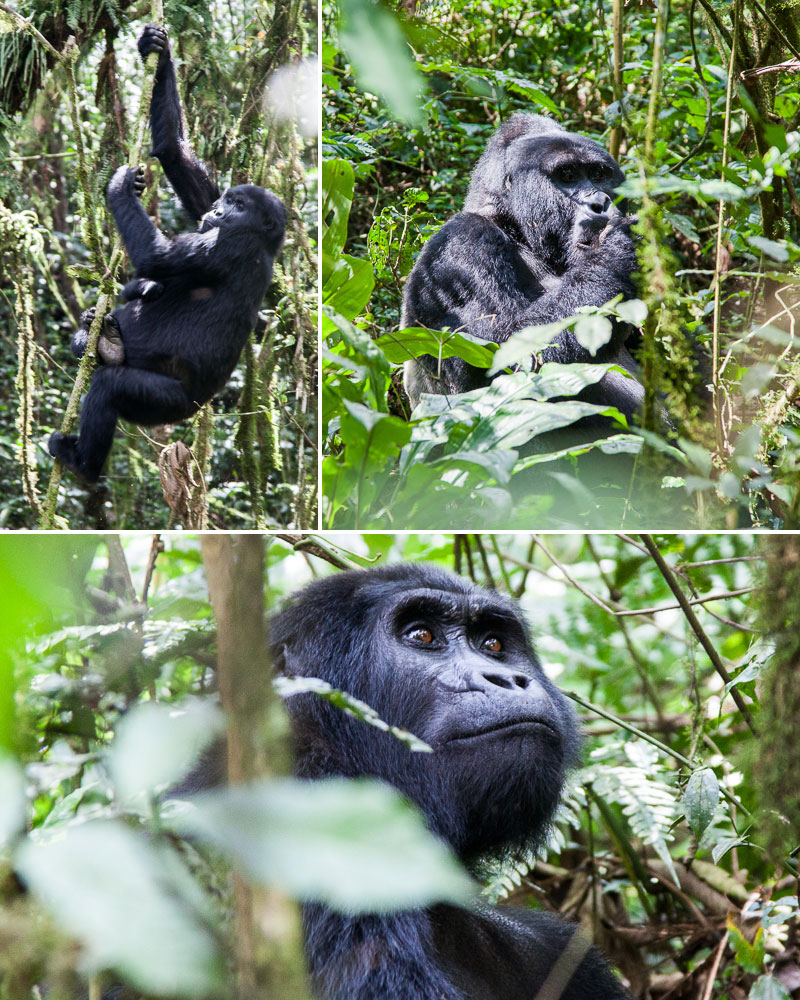
Most of this hour is spent in the quiet (minus the click-zoom-click’ing of camera devices), and observing the unpredictably gentle creatures. Really observing the most mundane of inactivities, such as watching one gorilla pick his eye boogers and eat them, watching another gaze up unenthusiastically into the tree canopies, and watching the two little ones run around and tumble into one another like tumbleweeds across the desert. An elder gorilla provided great action as she plucked roots and shoots and leaves from beneath her and chomped away, and Alpha Silverback and his huge hands provided entertainment with his mere size as he sat meters away from us watching over his clan while scratching the nether-regions of his hairy body.
The hour goes by quickly, the camera batteries and SD cards deplete and fill up just as fast. It’s one of the most hard-to-describe feeling of simultaneously witnessing something so mind-blowingly amazing yet so incredibly mundane and uneventful at the same time. The probably has to do with the obvious fact that these creatures are so similar to us humans. Seeing their gleaming intelligence (really, you could see the intelligence!) in their observant eyes, seeing the fingernails and knuckles that are so similar to ours on their black, hairy hands; it made me wonder whether this was the experience I thought I would have, and wondering exactly who was watching who. I think we humans are just the suckers that ended up paying several hundred dollars each for a permit to do so, leaving me to say: who’s the smarter species now?
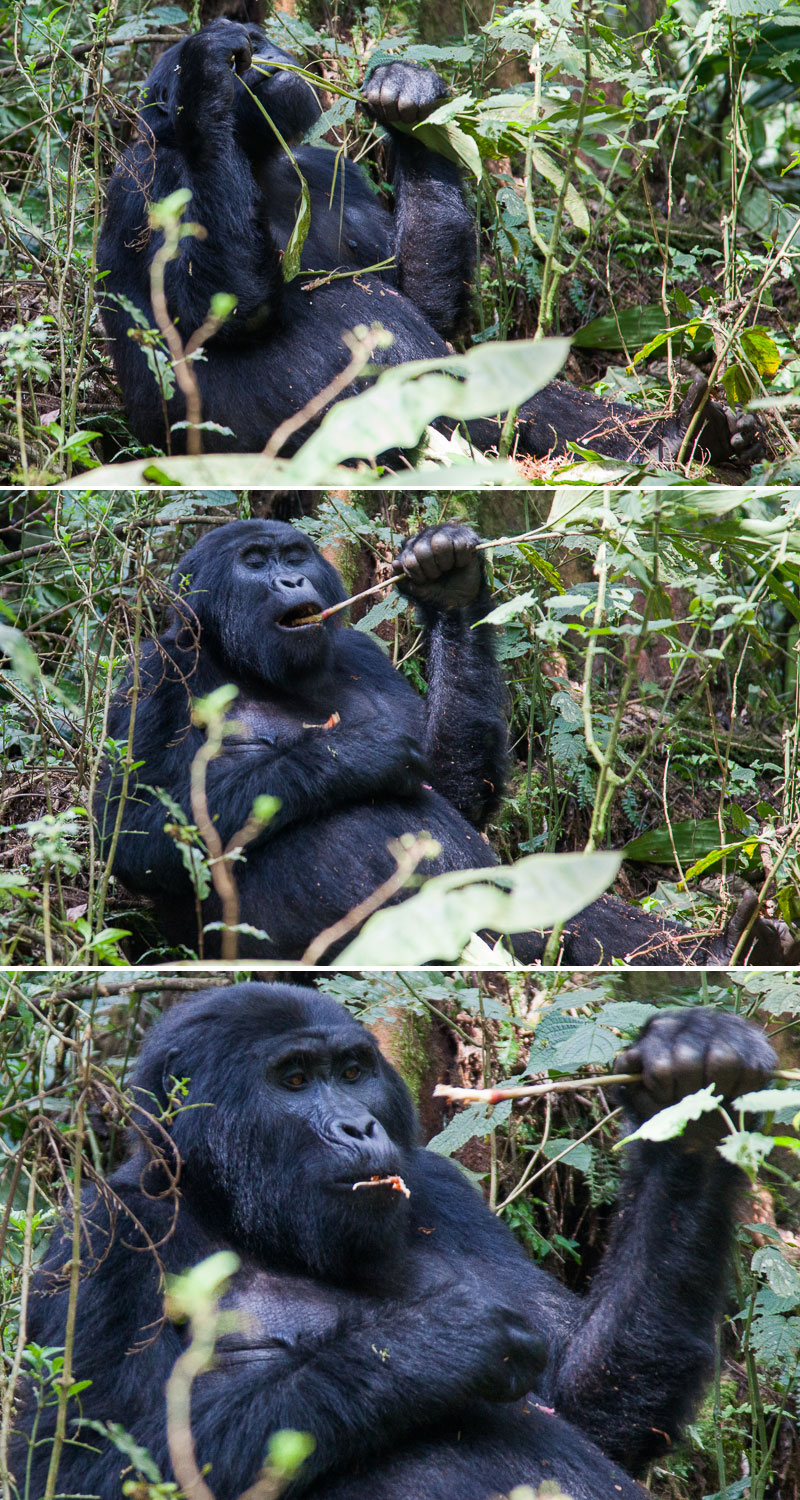
To read more about the gorillas and Bwindi, check out the Bwindi National Forest website, which has some great condensed info about both topics.

